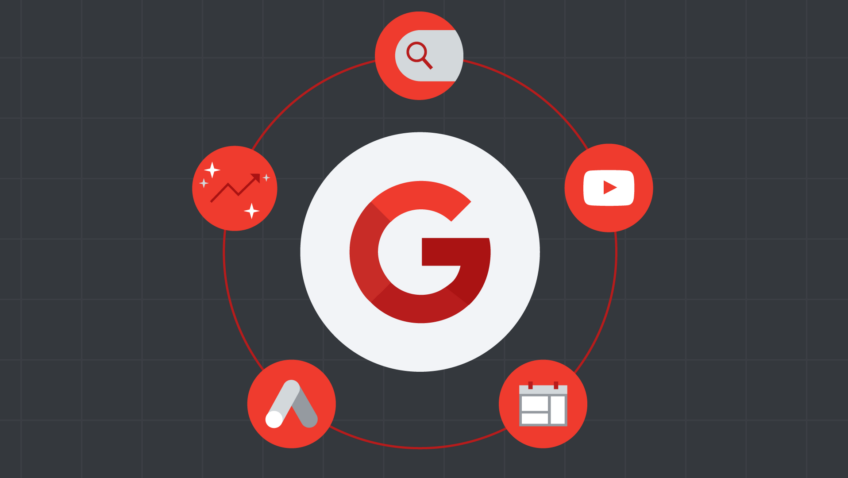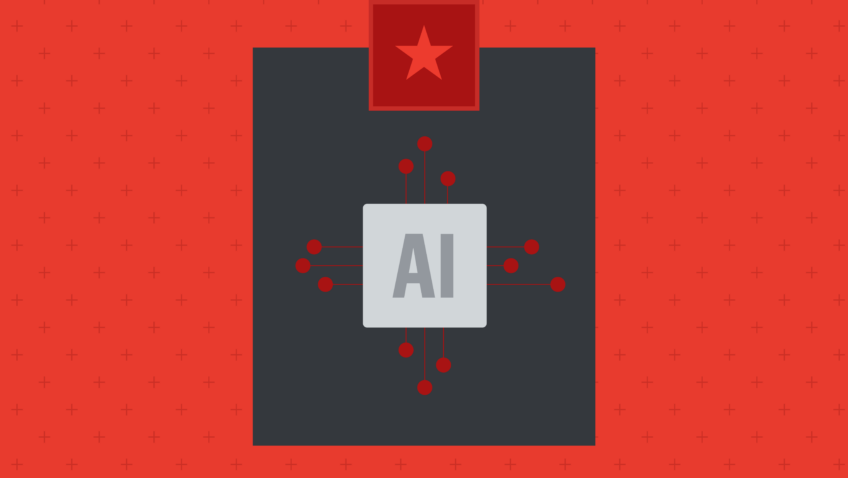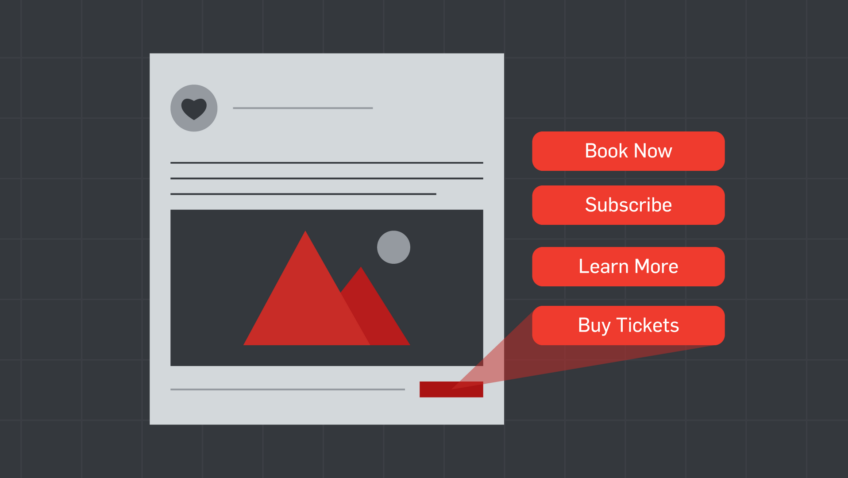Deciding When to Go Dynamic
Ask CI
Note: this post was originally written in November 2023, and was updated with new data in July 2024.
The world of digital marketing has always been largely rooted in an inherent trust that technology will cooperate once we hand over our meticulously crafted campaigns and ads. Now, we’ve reached a point where we aren’t just handing over our ads, but sometimes the creation of the ads themselves.
We know it’s never easy to hand over control when it comes to something you care about, especially when fickle technology is involved, but CI is here for support as we all navigate the new digital future of dynamic ads. Let’s dive into some top use cases where it makes sense to let machine learning do the heavy lifting, if you aren’t already.
Getting on board with DIFFERENT GOOGLE CAMPAIGN TYPES
Give yourself some time back. Gone are the days of creating an endless amount of static banner ads. Since Google does the work of pulling individual assets into cohesive ads, all you need to do is write a few headlines and descriptions and choose your images.
Spread the wealth. If you’re building campaigns for the same programming across multiple Google platforms, choosing to use dynamic and responsive ads can greatly cut down on the number of assets needed, since the Google channels often share headlines, descriptions, and images.
- In Action: The Denver Art Museum ran a Display campaign using RDAs for the first time last fall, which served alongside static banners. The RDAs had more than double the return on investment (ROI) at a much lower cost per acquisition (CPA).
- Results:
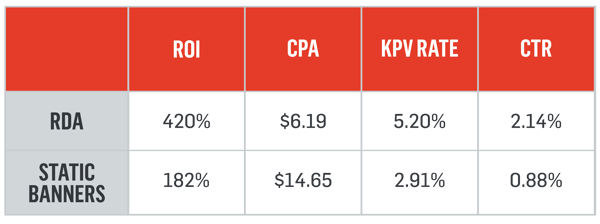
- Cultural Compass Insight: In our Cultural Compass study, we found that Responsive display ad formats outperformed Static display ad formats in the following metrics: Page View Rate, Purchase Rate, Cost Per Acquisition (CPA), Click-Through Rate (CTR), and Cost Per Click (CPC). We also found that Display as a whole was by far the lowest-performing campaign type, though, so it’s not at the top of our list if you have more limited resources!
- In Action: The Washington Ballet took a “split road” approach of promoting dynamic Discovery ads and static Discovery carousels side-by-side for their 2022 The Nutcracker campaign. Both types of ads performed well, but the dynamic placement proved to be more efficient.
- Results:
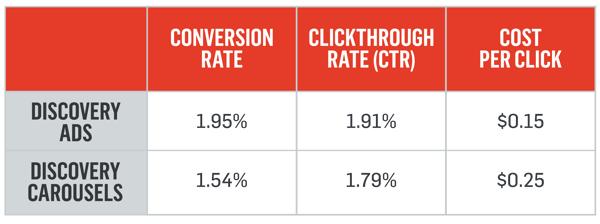
- In recent months, Google has started to transition “Discovery Ads” to “Demand Gen Ads,” so you may hear this terminology used somewhat interchangeably. Existing Discovery Ads can be upgraded to Demand Gen (or may be upgraded automatically), and this new campaign type uses AI-powered features to improve campaign performance.
- Cultural Compass Insight: In our Cultural Compass study, we found that Discovery/Demand Gen ads outperformed traditional Display ads in all of the following metrics: Page View Rate, Click-Through Rate (CTR), and Cost Per Click (CPC). For some arts genres, it also drove higher ROI than traditional Display. That said, one of the best Google campaign types, in terms of performance, is Performance Max (PMax).
No turning back on search
In June 2022, Google announced that Expanded Text Ads, a staple of search campaigns, could no longer be created or edited. This leaves us with two main options for new ads: Responsive Search Ads (RSAs) and Dynamic Search Ads (DSAs).
Embrace the new. Google isn’t giving us much choice but to lean into automated search ads. For now, we recommend sticking with RSAs, which have proven incredibly successful for CI clients. Just make sure you follow our best practices to keep Google in line while mixing and matching your headlines and descriptions.
- In Action: American Conservatory Theater saw great results from running RSAs for many of their 2022-2023 season shows. Here are representative results from a search campaign for a play: 3.54% purchase rate and $0.07 cost per Key Page View (compared to Cultural Compass benchmarks of 1.86% purchase rate and $0.07 cost per KPV for paid search).
Making Moves with Meta
Meta recently decided to join in on the fun and started offering their own dynamic content placements that are showing promising results.
If you’re running responsive ads through Google, Meta’s dynamic text ads (DTAs) will probably feel familiar. Instead of writing one caption for your promoted post, you can provide up to five options. And if you’re ready to fully dive into dynamic content, you can also opt into Meta’s Dynamic Creative option and let machine learning lead the way.
Note: in recent months, Meta has started to transition from “Dynamic Creative” to “Flexible” ad format. Different ad accounts may show different options as the rollout of “Flexible” continues, but the functionality of the two are essentially the same!
Fill the void. It can be hard to come up with content week after week, especially when your programming is still far from opening night—but Meta’s dynamic offerings can turn a few assets into a cornucopia of engaging ads that last until new content is available.
Find your people. Trying to reach new patrons? Rather than leave your content to guesswork, Meta can rifle through all possible ad combinations to find the one that’s best suited for each audience member.
- In Action: Portland Center Stage experimented with some “multiple text options” format during their 2022-2023 season, but decided to shift to completely dynamic formats for their 2023-24 season. The results you see below are particularly impressive when considering the fact that PCS limits spending to very bottom-of-funnel segments on Meta, choosing to invest the majority of their media in mid- and top-of-funnel segments.
- Results*:
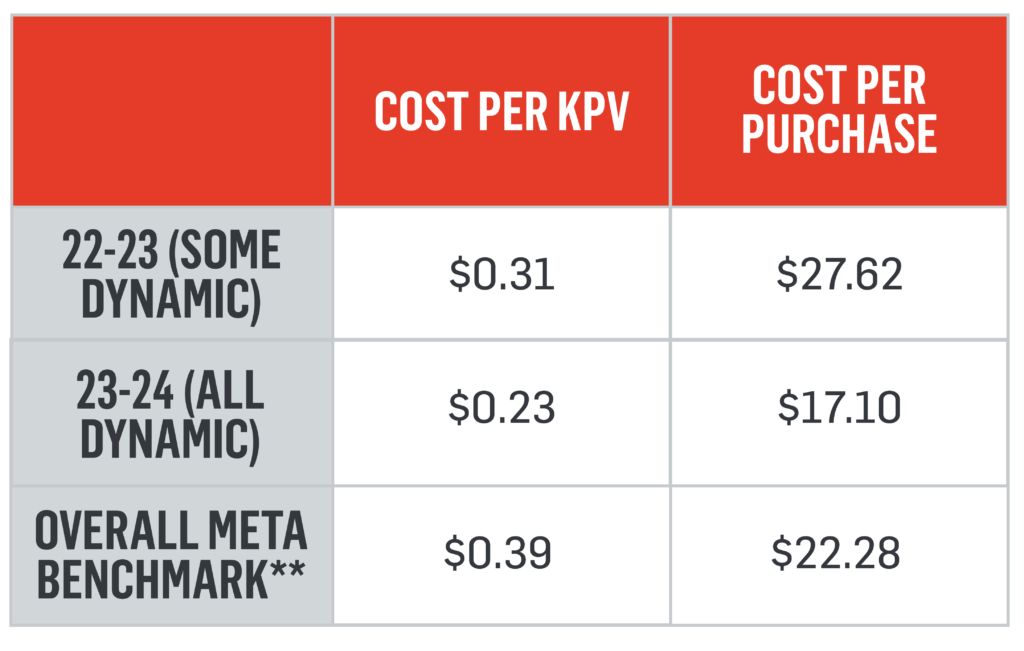
- *Calculated with a 28-day click/28-day view attribution window, and excludes an outlier campaign in the 23-24 that was not focused on a show
- **Arts industry data from Cultural Compass report, based on organization size (medium)
- In Action: Cincinnati Opera came to us with a challenge: what content would best resonate with students, a new audience they were trying to reach? We decided to try a fully dynamic ad in Meta so we could learn from the visuals and captions that were being regularly paired together and driving purchases. One dynamic ad ran in the campaign, and four standard ads ran beside it. Meta chose to put the majority of the media spend behind the dynamic ad based on what was driving conversions.
- Results:
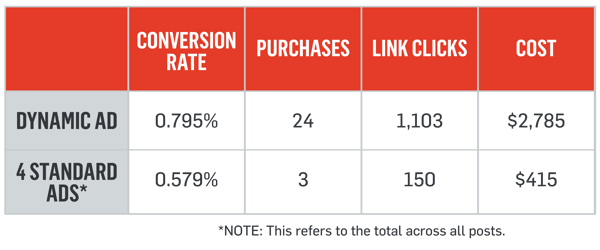
The Final Say
Meta and Google are helpful tools if you’re willing to cede a bit of control. With dynamic and responsive content becoming more powerful than ever, it’s worth experimenting with these offerings and finding new ways to boost campaign performance.





